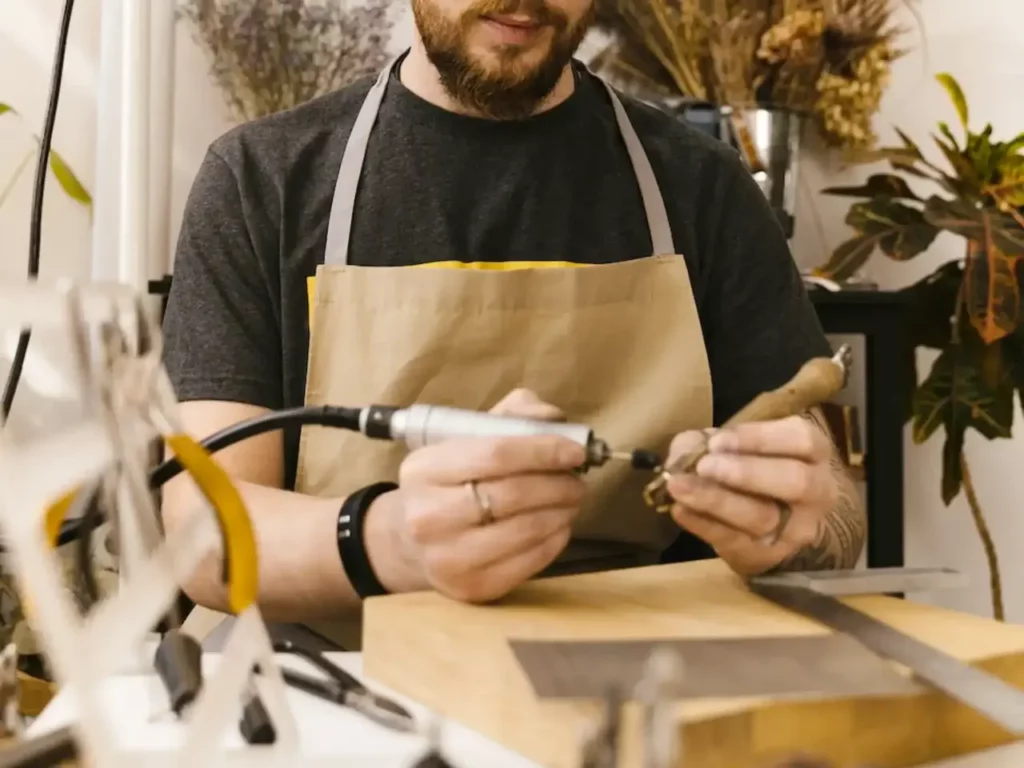- Delivery within 48 hours in France
- Free returns within 30 days
- Delivery within 48 hours in France
- Free returns within 30 days
01/11/2023

Crafting can take many forms, and among them, precision crafting stands out for its high standards, meticulousness and attention to detail. Whether you’re a keen amateur or a seasoned professional, precision crafting offers a multitude of opportunities to create meticulous and impeccable projects. In this article, Dealeez takes you through what precision crafting is, provides real-life examples, and lists the equipment you need to excel in this discipline.
Precision crafting is an approach to manual work characterised by attention to the smallest details. It requires a high level of skill, patience and concentration, as it involves creating objects, assemblies or works of art with extreme precision. Precision crafting can be applied to a variety of fields, including carpentry, jewellery, precision mechanics, watchmaking, electronics and much more.


Precise measuring tools: High-quality rulers, micrometers, callipers and gauges are essential for taking accurate measurements.
Precision cutting tools: Fine saws, scroll saw blades and thin-bladed knives can be used to cut various materials with precision.
Specialist tools: Depending on the area of precision crafting, you’ll need specific tools such as jewellery pliers, magnifying glasses, precision screwdrivers or high-quality soldering irons.
Workbench and lighting: A solid workbench with adjustable lighting is essential for working in optimum conditions.
Quality materials: To achieve accurate results, it’s crucial to use high-quality materials, whether wood, metals, fabrics or electronic components.
Protection and safety: Don’t forget to wear safety goggles, a dust mask and other appropriate personal protective equipment.
Plans and designs: Before starting a project, it’s best to have detailed plans or drawings to guide you through the process.
Precision crafting is a demanding discipline that rewards the effort invested with impeccable results. Whether you want to create jewellery, scale models, restore antiques or delve into other areas, investing in quality tools and acquiring precise skills will be key to your success. Precision crafting is not only a rewarding hobby, it can also become a valuable professional skill for those embarking on careers related to craft and creation. So get your workbench ready, choose your project, and dive into this fascinating world.